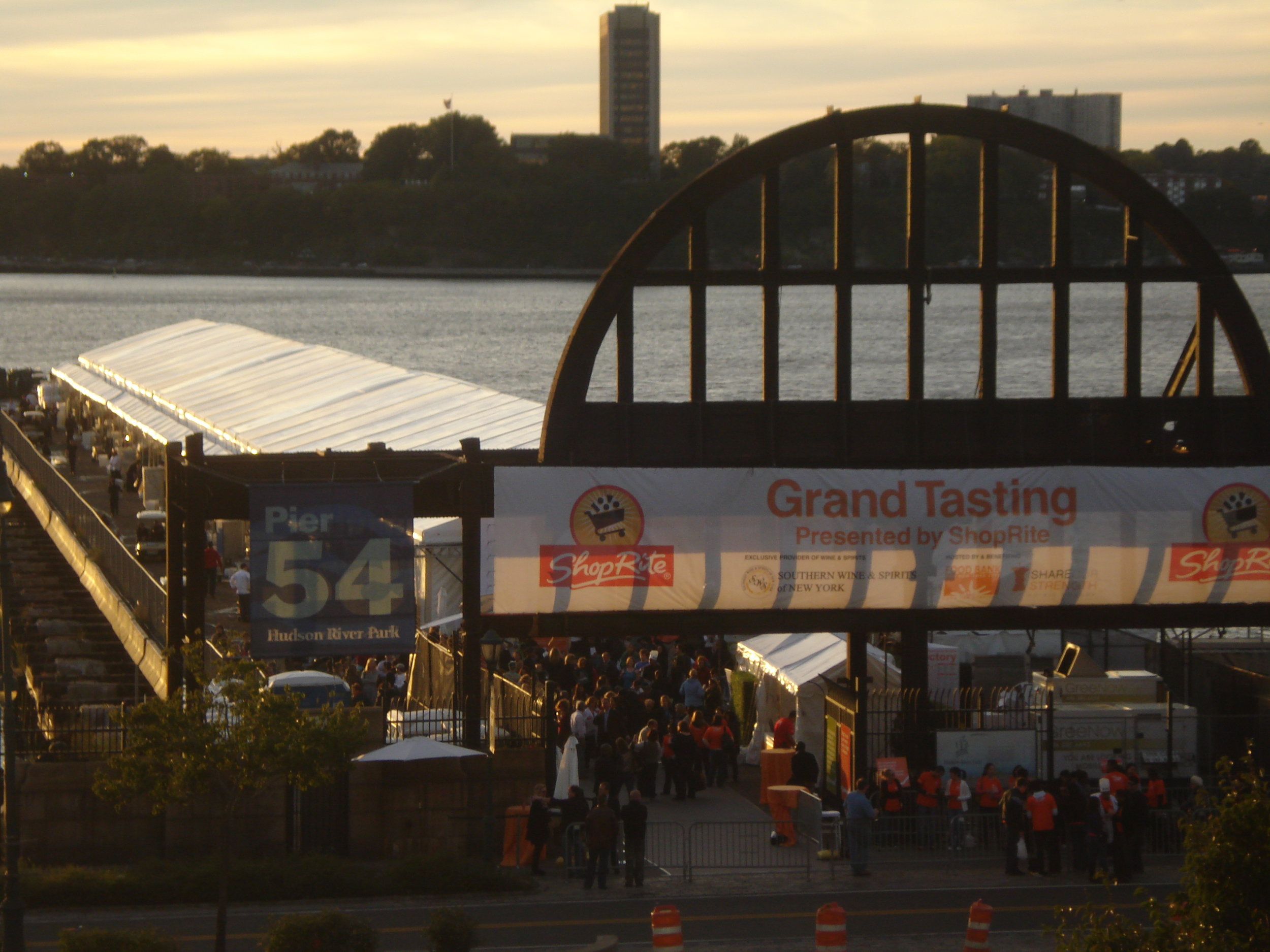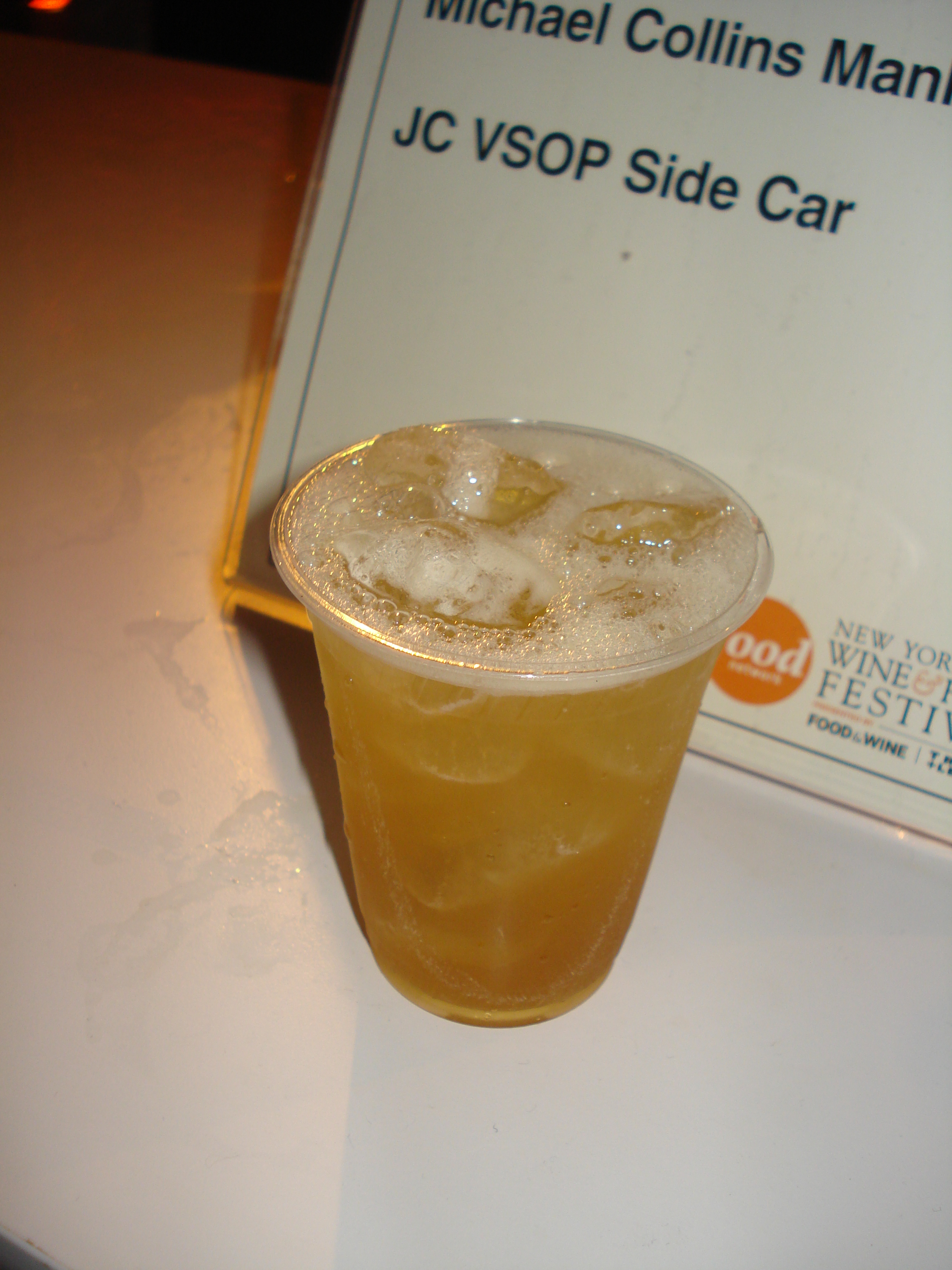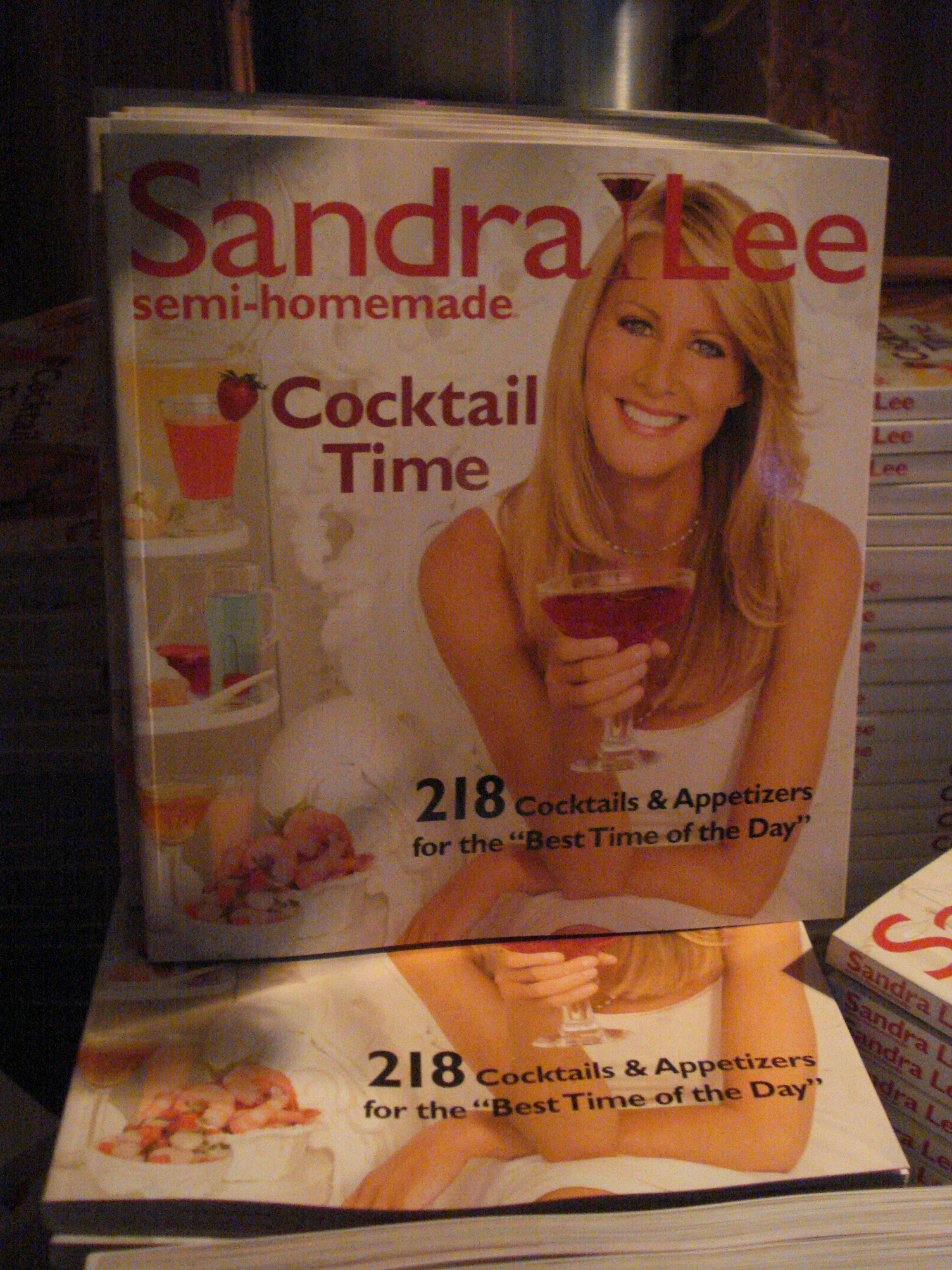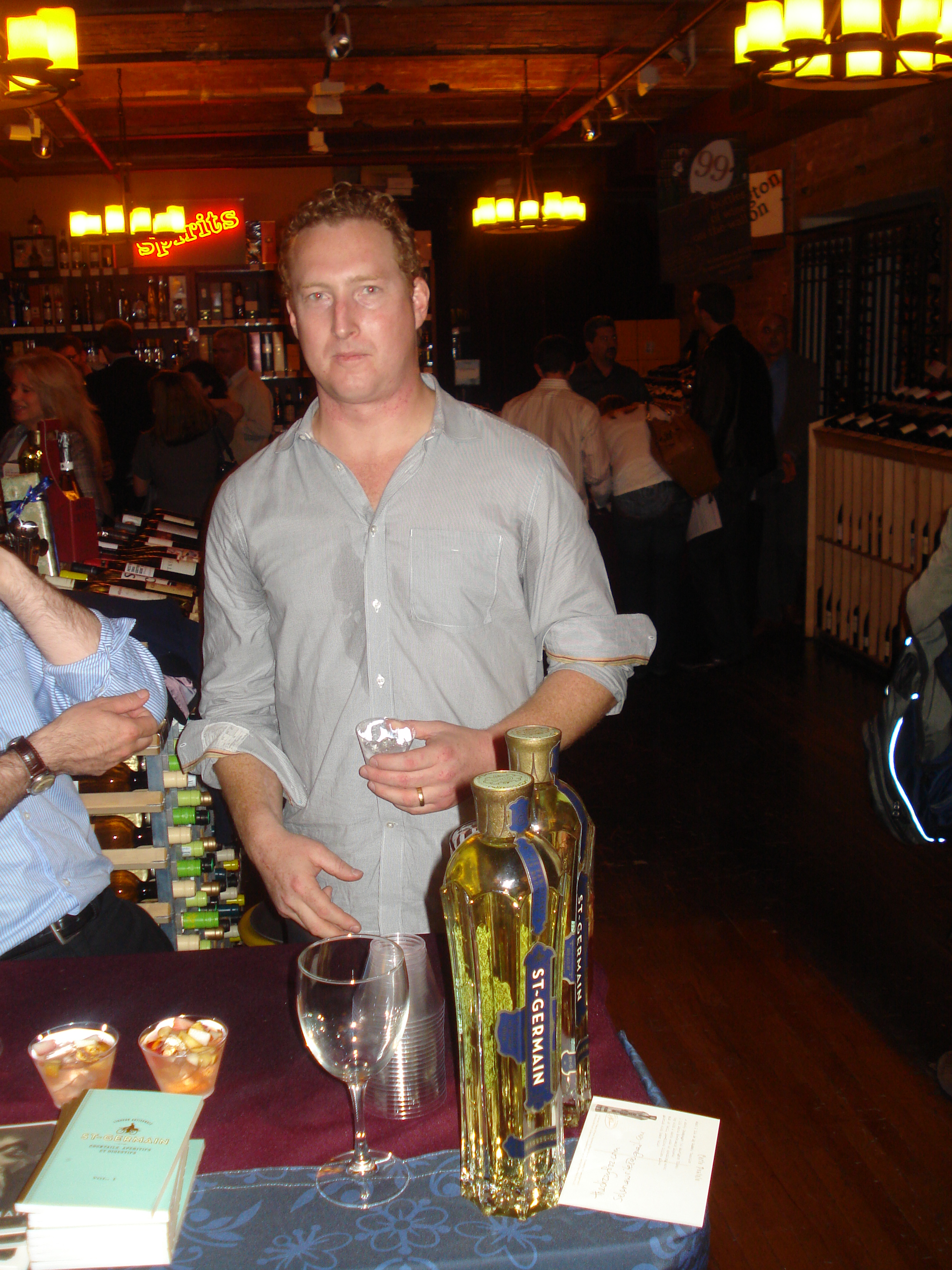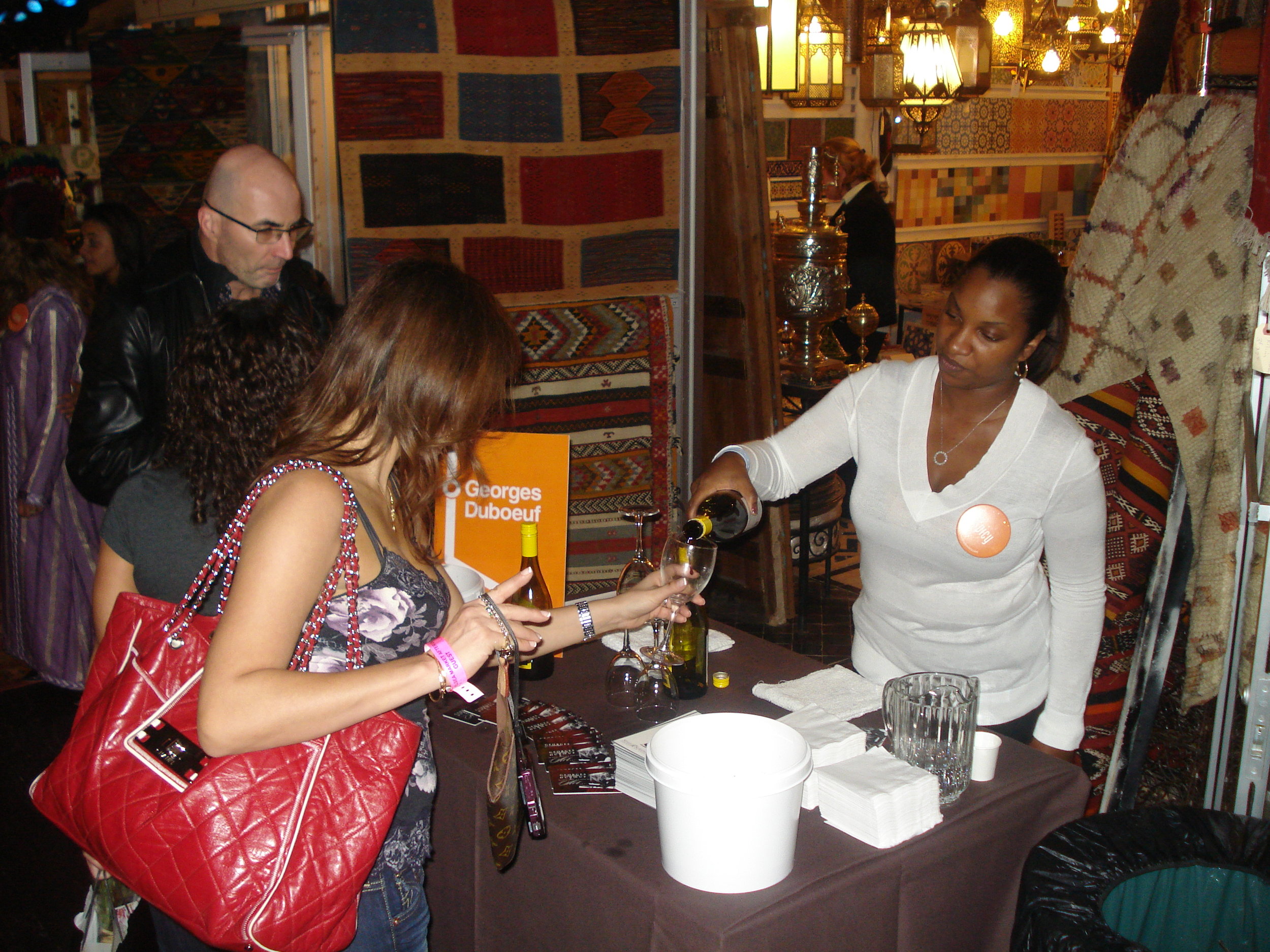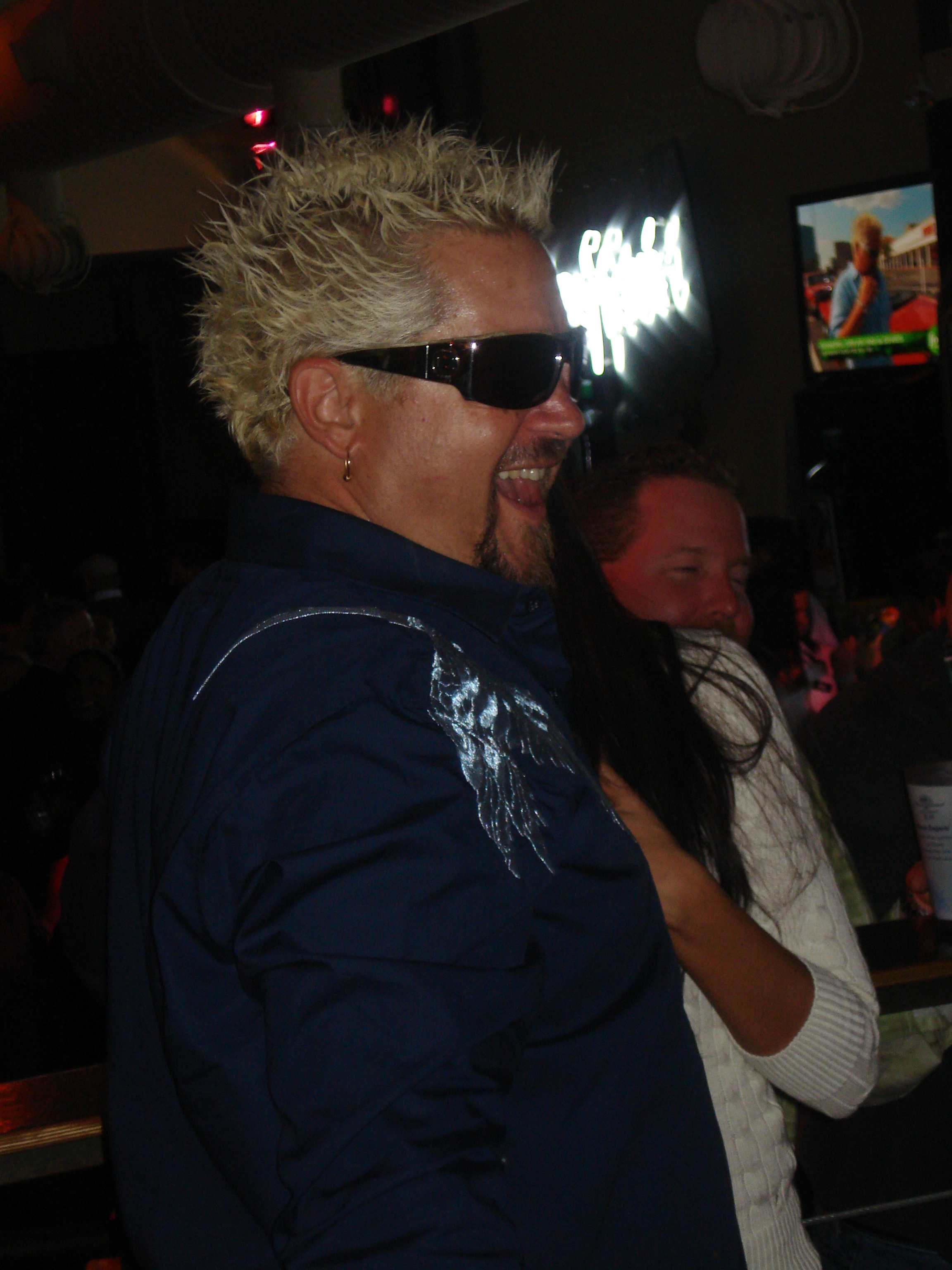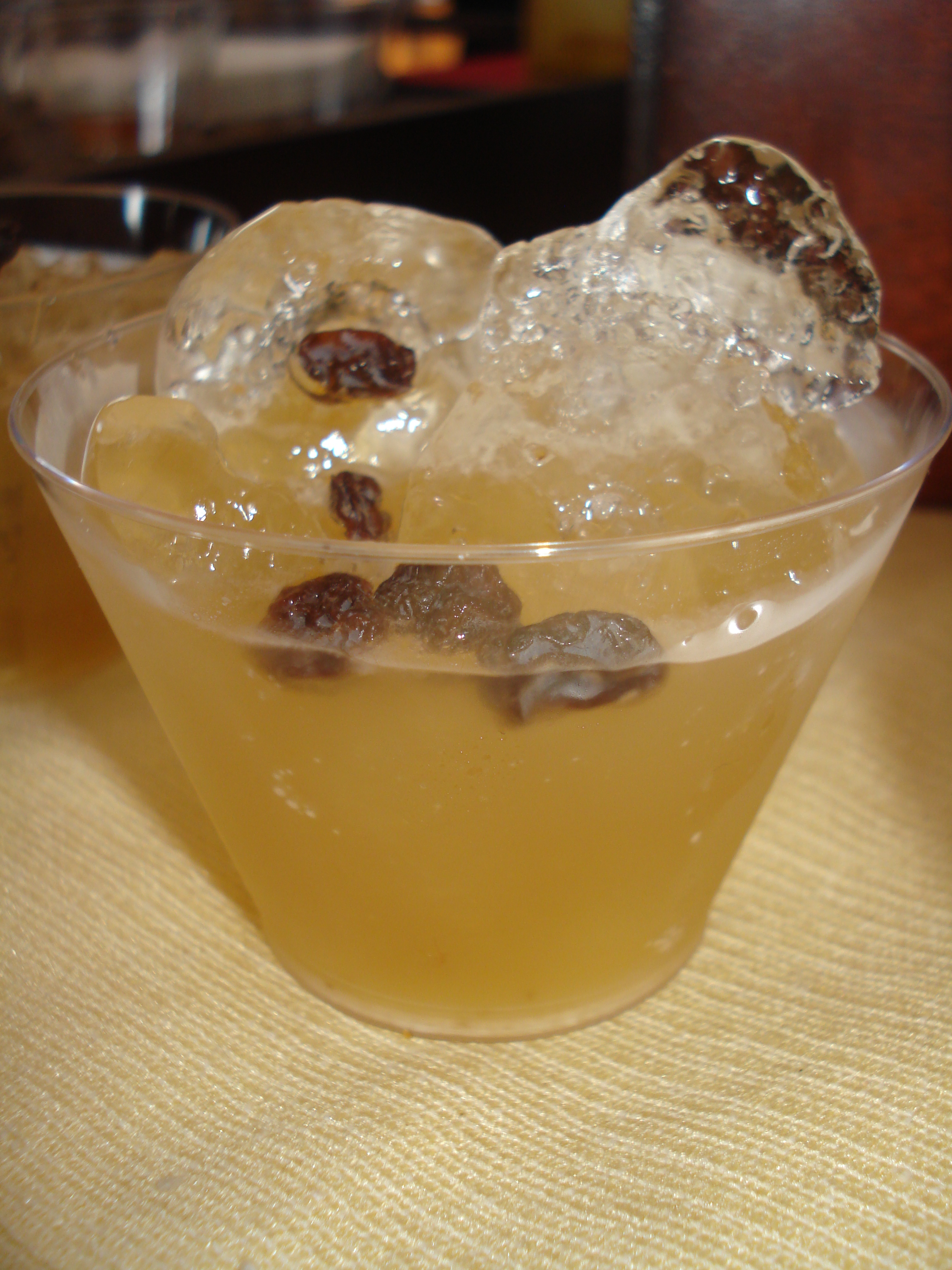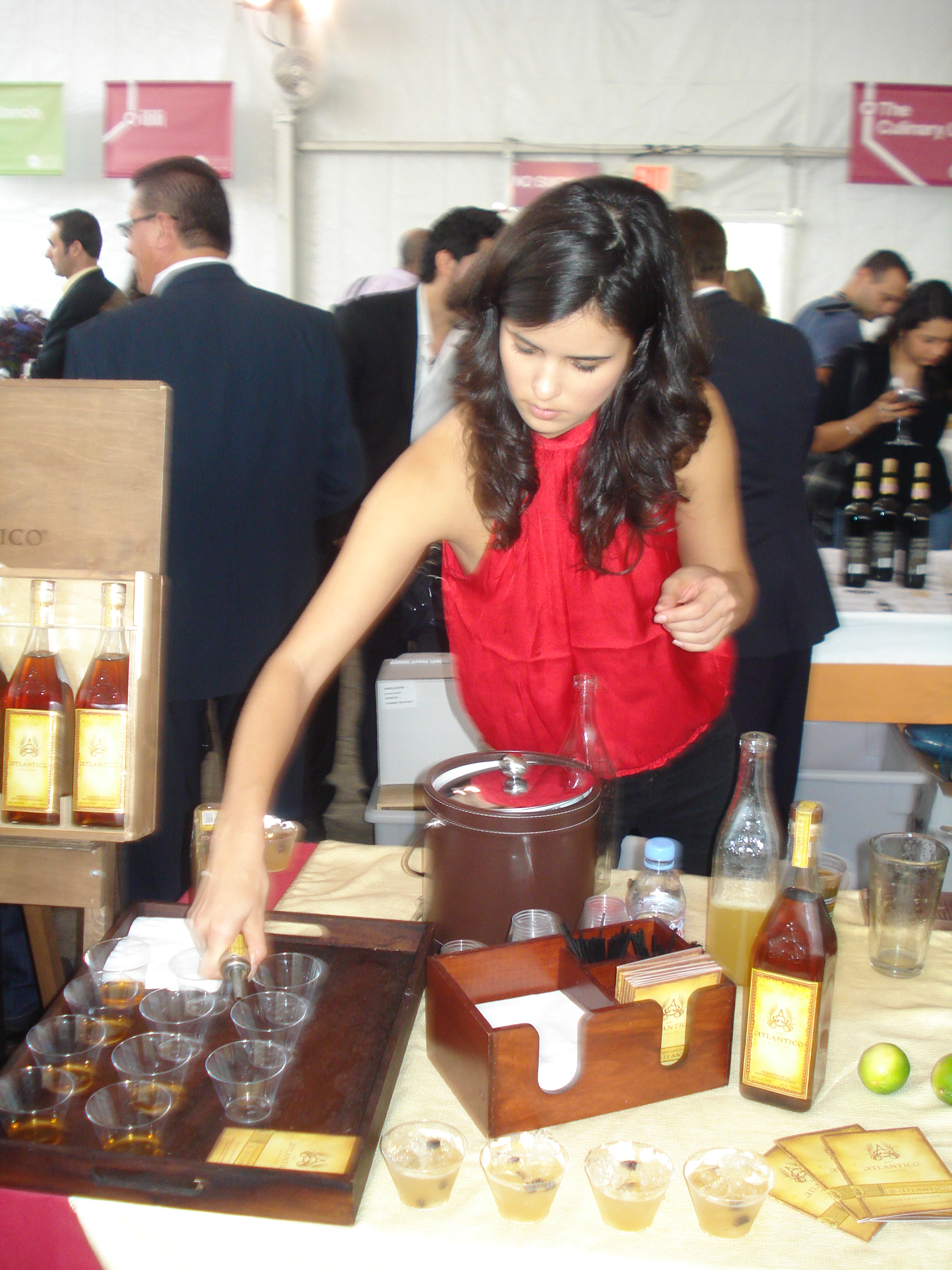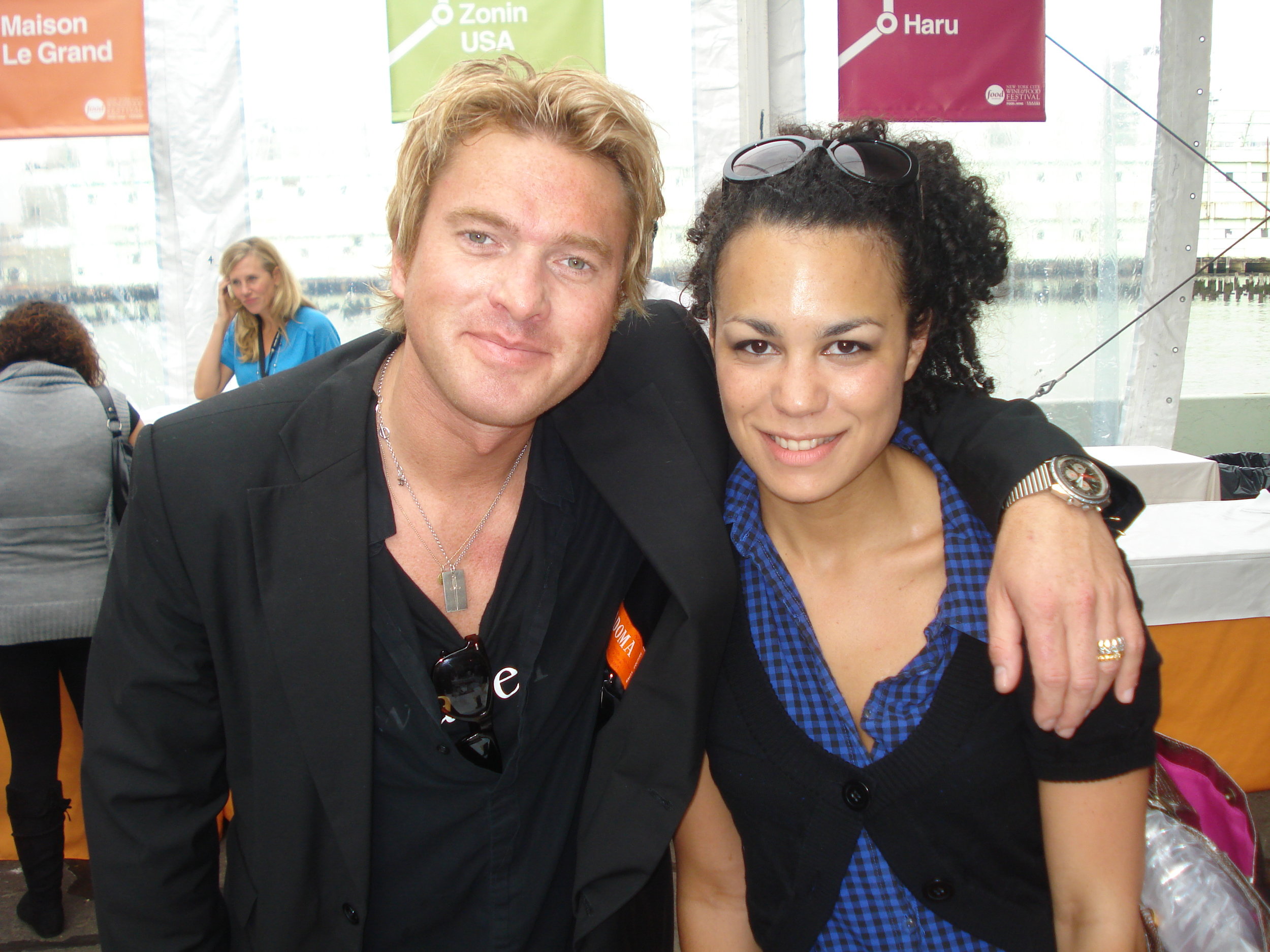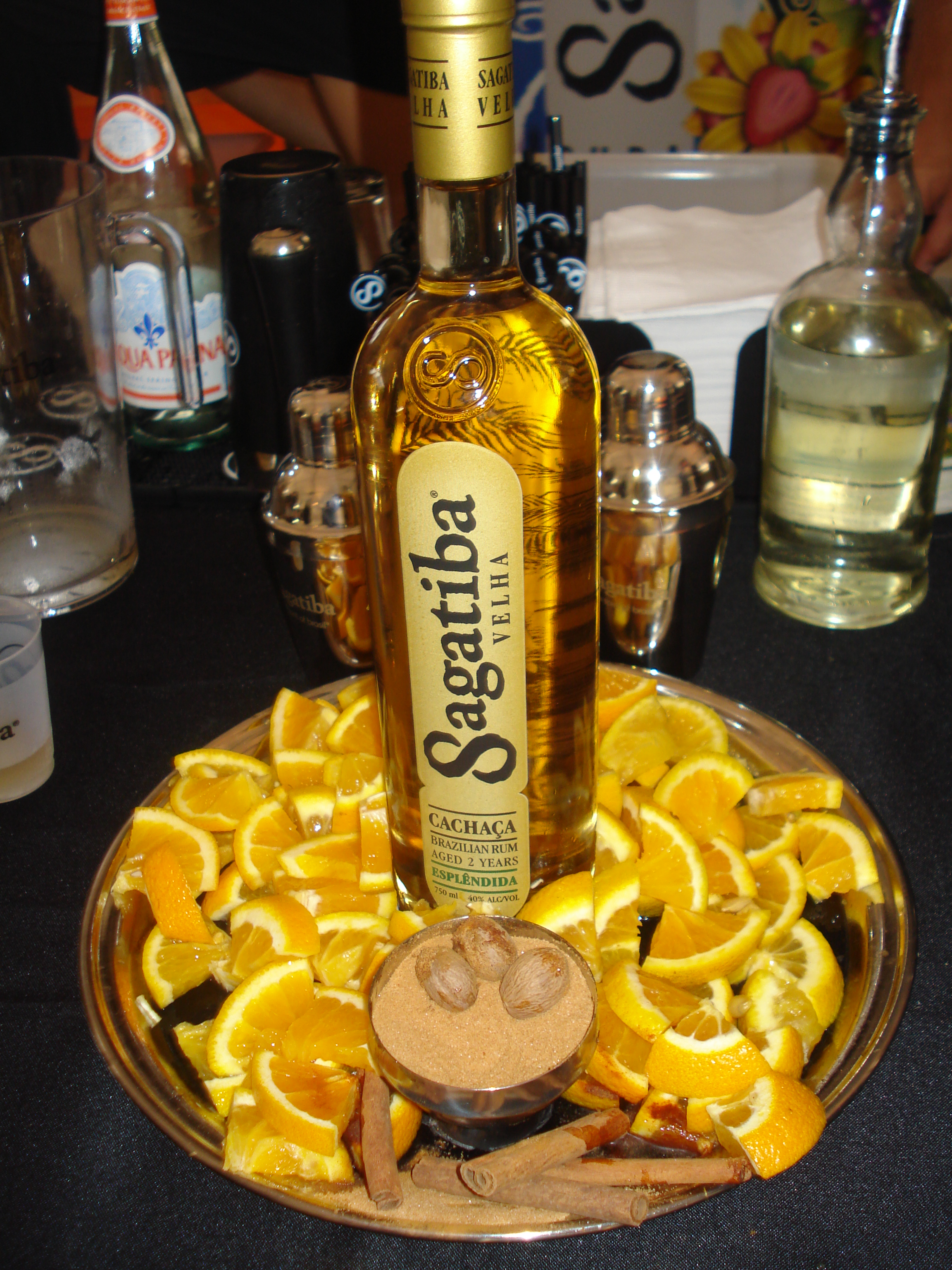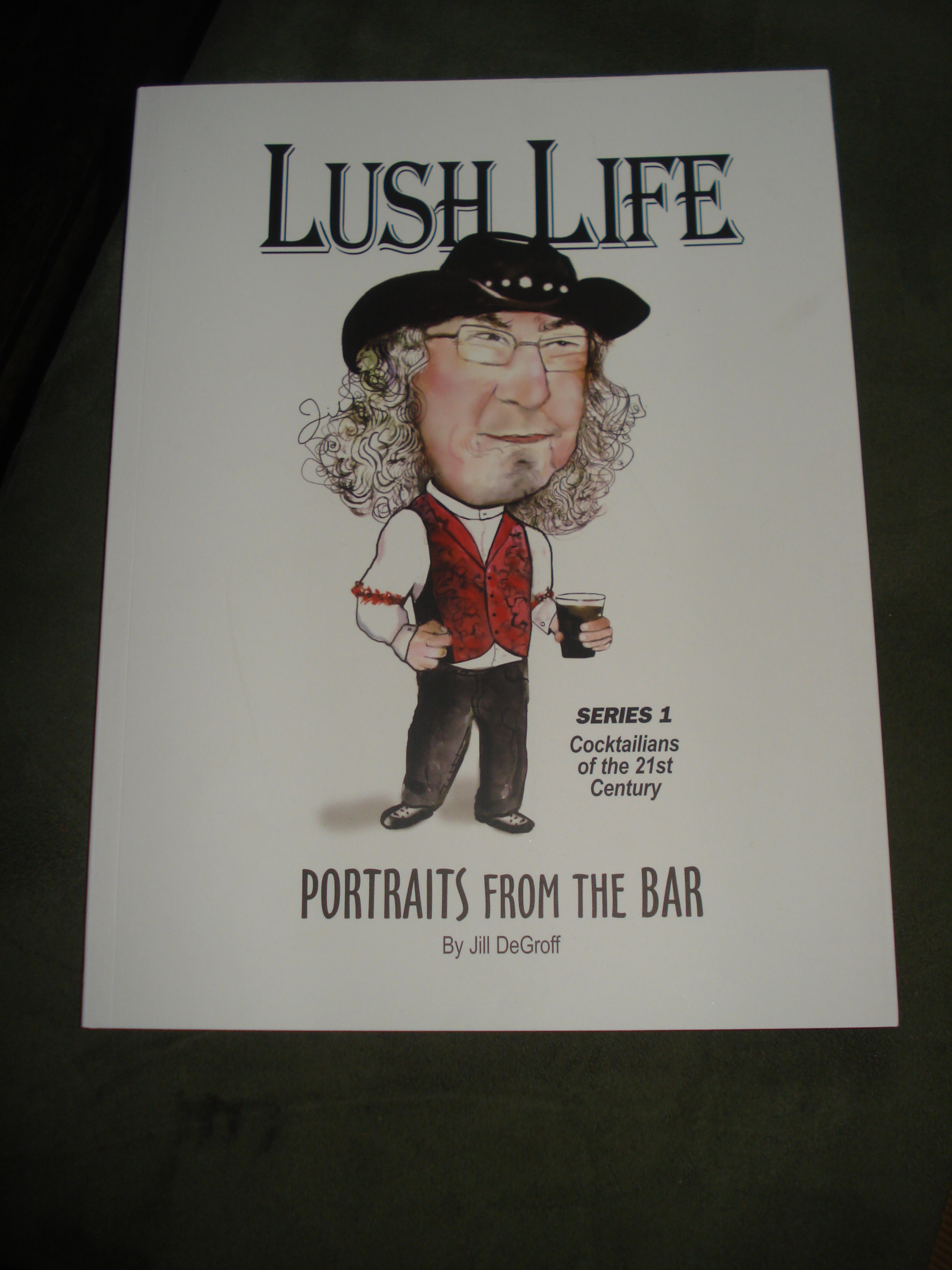 "Martinis are like breasts: one's not enough, and three's too many--and four's a party."--Simon Ford
"Martinis are like breasts: one's not enough, and three's too many--and four's a party."--Simon Ford
While hordes of foodies went to burger bashes and stalked Rocco DiSpirito, my NYC Wine & Food Festival experience was much more liquid-oriented, as I mentioned previously. So in no change of pace I found my weekend booked with two seminars featuring spirits that, just a few years ago, were on opposite ends of the popularity spectrum--gin and tequila.
At "Gin Joint" at 5 Ninth, Plymouth Gin Brand Ambassador Simon Ford admitted that when he first moved to New York from London, gin had a bad rap. "I'm sure many of us had a bad experience and got sick drinking it from our parents' liquor cabinet," he said. But now that less-junipery gins are on the market, gin is finally having a moment again, at least here in New York. After "cleansing" our palettes with French 75s (Beefeater Gin, lemon juice, simple syrup, Perrier Jouet Champagne), Simon took us through a tasting of six gins representing the history of the distilled juiper elixir traced back to monks in the 11th century.
Naturally, we started with Bols Genever, based on the 19th-century recipe for Holland-style gin. Its subtly sweet, malty taste was a hit with British troops fighting in Holland against the Spanish in the Thirty Years' War, who dubbed it "Dutch Courage." So when the British appointed a Dutch king to the throne (King William of Orange) in 1689, the gin craze officially took off. By the mid-1700s, gin was so popular in England that 11 million gallons were being produced a year, and at that time the spirit was known as "mother's ruin" for its detrimental effects. Thankfully, the 1830s brought the invention of the coffee still, leading to the column distillation method for what is known as London dry gin.
Next, we tried Beefeater, a classic London dry gin, which features notes of juniper, citrus, and angelica root, and Plymouth Gin, which is made in the town of Plymouth, England, and manages to balance juniper with citrus, spice, and floral notes. By the 1890s, the gin rage crossed the pond to the U.S., where it was a classic cocktail ingredient until Prohibition. We also tried Boodles, a classic London gin with juniper and coriander notes founded in 1762, Beefeater 24, a new gin released earlier this year with prominent citrus and tea notes, and Magellan Gin, which features a blue tint and floral nose due to its use of iris root. We were also served a dry martini (Plymouth Gin, dry vermouth, orange bitters, and a lemon twist) and a "Breakfast Martini," featuring Beefeater, Le Combier orange liqueur, lemon juice, and orange marmalade.
The highlight of the session for me was chatting with Simon and Jamie Gordon afterwards and getting a sneak peek at Jill DeGroff's "Lush Life" book, a collection of her stunning caricatures of well-known cocktailians set for release on Nov. 1. Jill, wife of "King Cocktail" Dale DeGroff, has close ties with many of the people she illustrates, and her anthology captures the warmth and spirit of these animated "characters."
For my last day of the NYCWFF, I attended a tequila tasting at Los Dados by Jaime Salas, National Brand Ambassador of Tres Generaciones Tequila, distilled by Sauza. A refreshing cocktail of Tres Generaciones plata, creme de cassis, ruby red grapefruit juice, and Sprite was served to prepare us for straight tastings of tequila, sans lime or salt. Jamie told us how blue agave, "maguey," was fermented and drunk by pre-Hispanic emperors before the Spanish distillation process was introduced in the 16th century. In 1873, Don Cenobio Sauza was the first to call the agave spirit "tequila," named after the region in the Jalisco state of Mexico, and the first to ship it to the U.S.
To be labeled tequila, the spirit must be at least twice-distilled, and it must come from the state of Jalisco and a few other areas. It must also have at least 51 percent of the fermented sugars come from the blue agave; the remainder may include cane or brown sugar, although this is considered less premium. Jamie said tequila is the costliest spirit to produce because agave takes eight to 12 years to ripen and then is harvested manually. Tres Generaciones is 100 percent blue agave and is triple-distilled, leaving smooth and clean agave flavors with a slight pepper finish. We tasted the plata, which is unaged (lightly sweet, citrus and banana notes); the reposado, aged four months in oak (vanilla, light caramel, and smoke); and the anejo, aged at least one year in toasted oak barrels (vanilla, toffee, and white pepper). Needless to say, this was not a bad way to start a Sunday afternoon.
A few facts Jaime shared: chilling tequila suppresses the flavor; in 2007, the U.S. surpassed Mexico for tequila consumption; and the margarita is the most-requested cocktail in the world.
¡Salud!

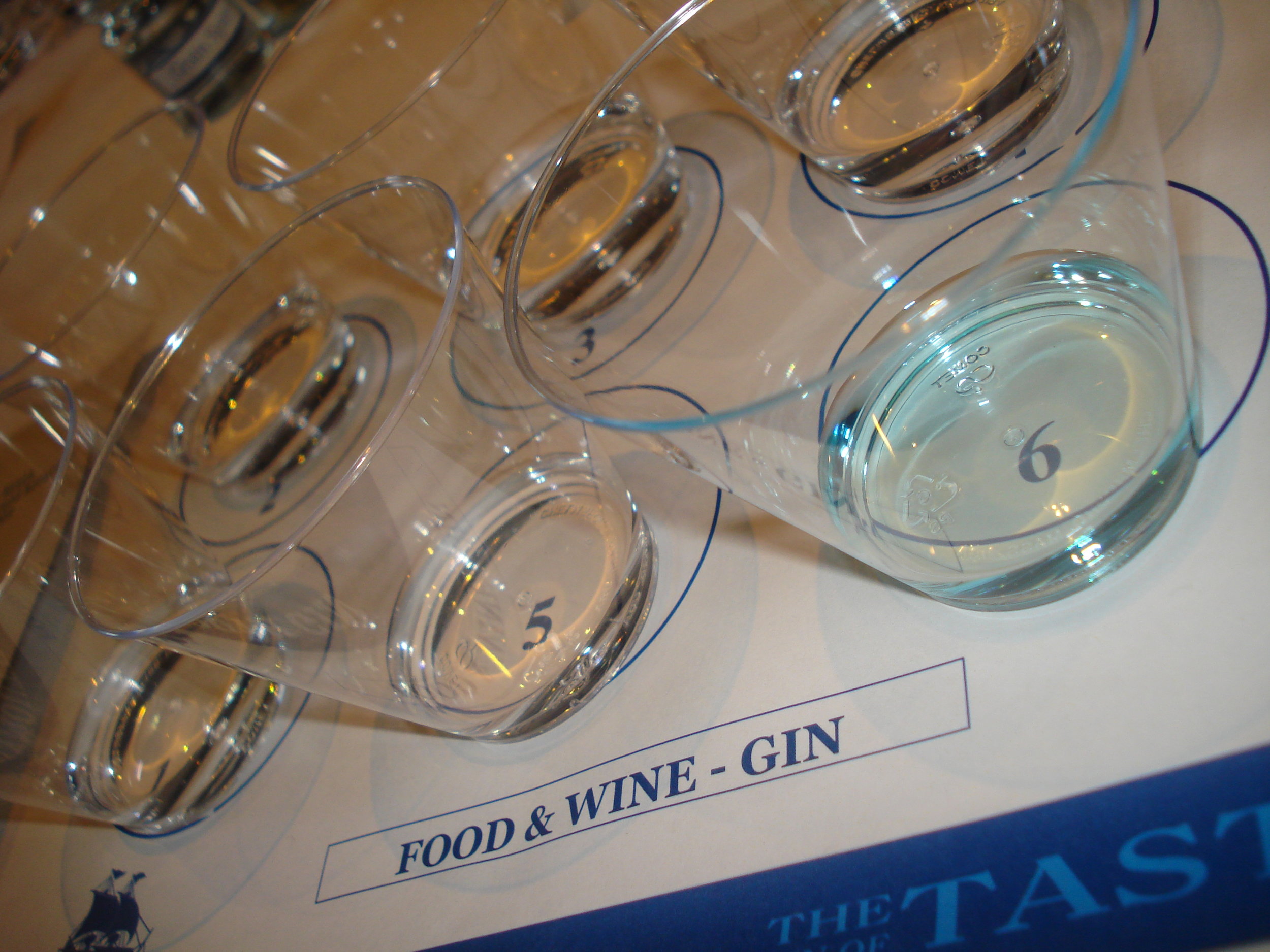
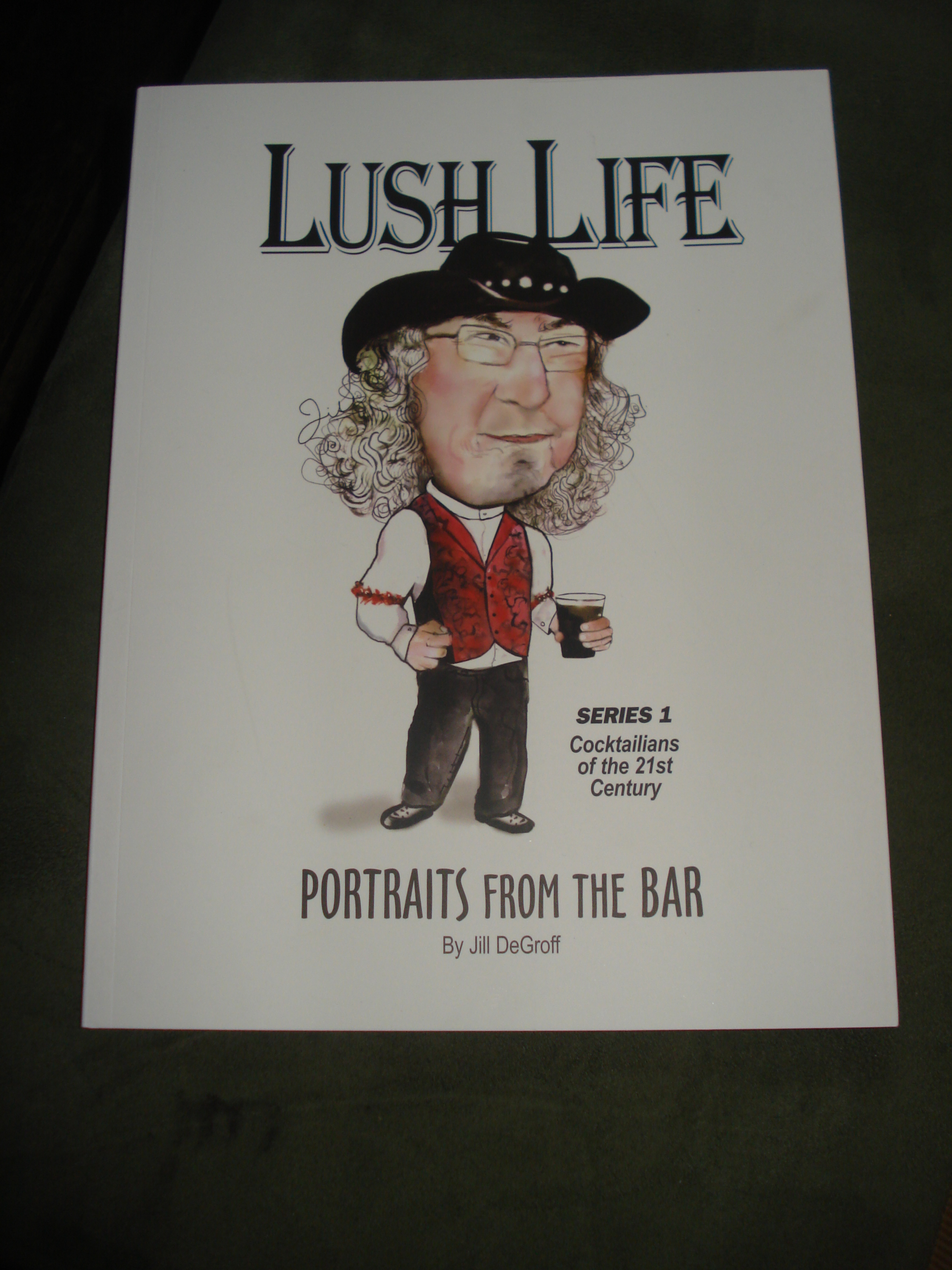
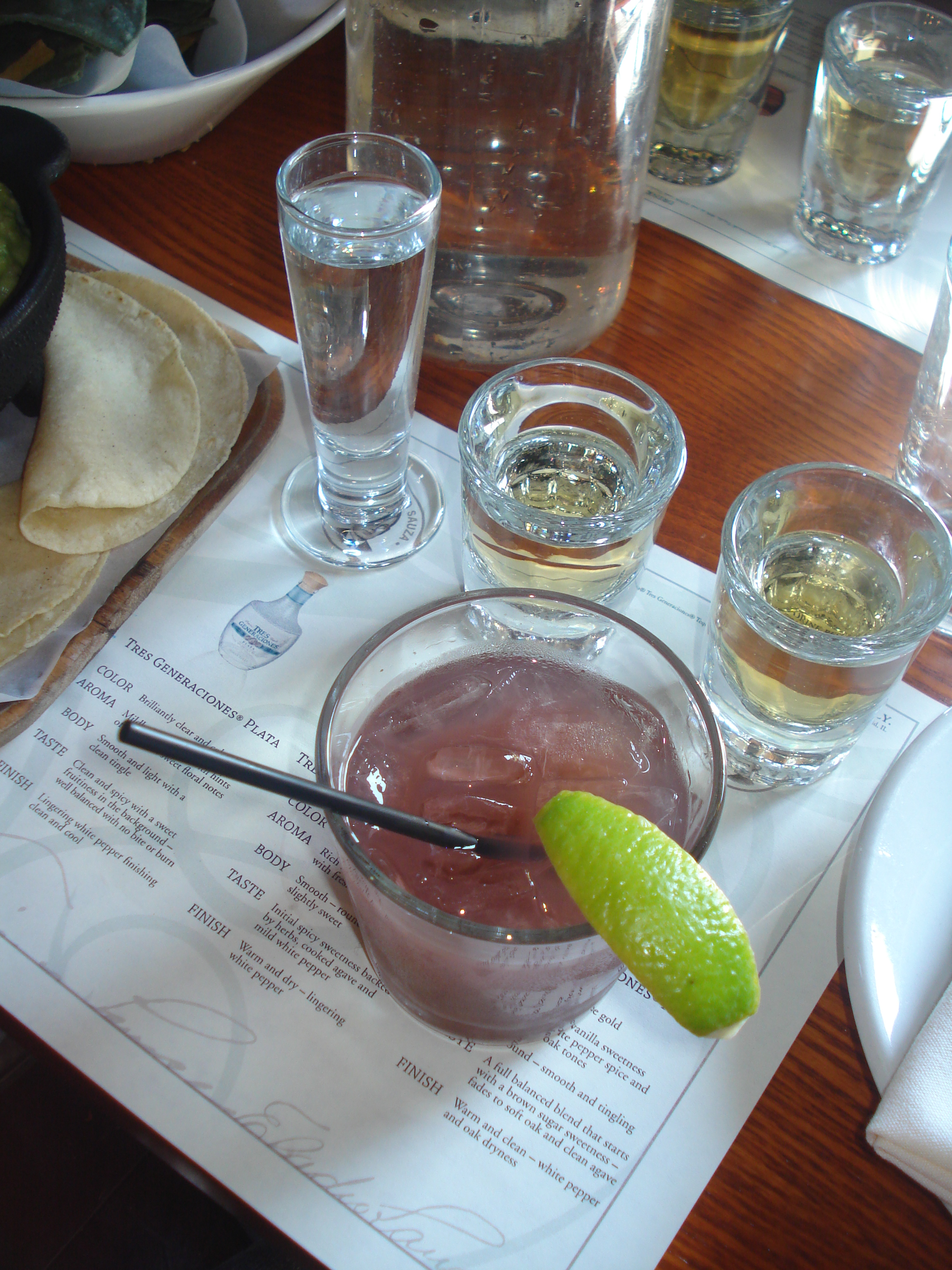
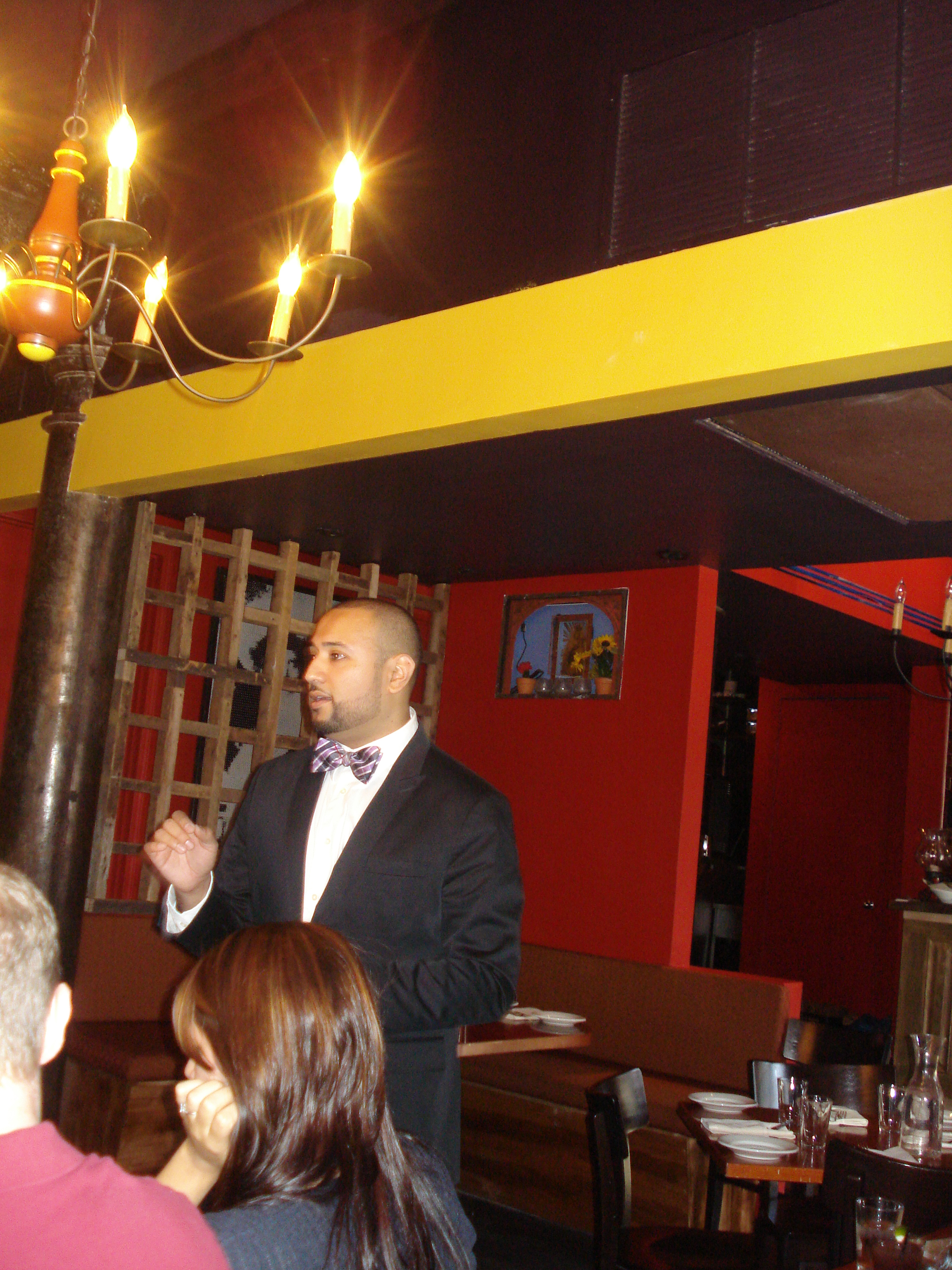
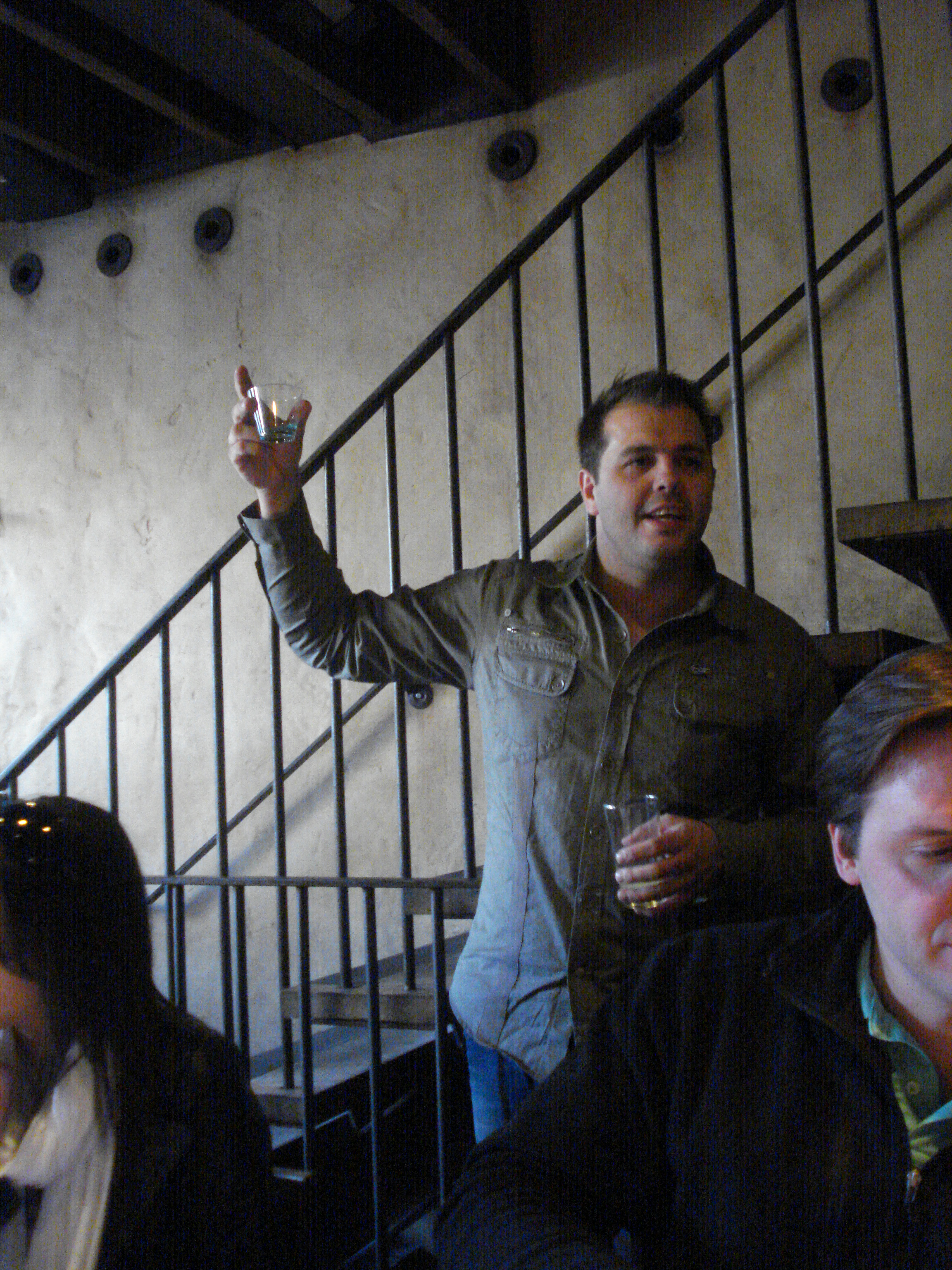
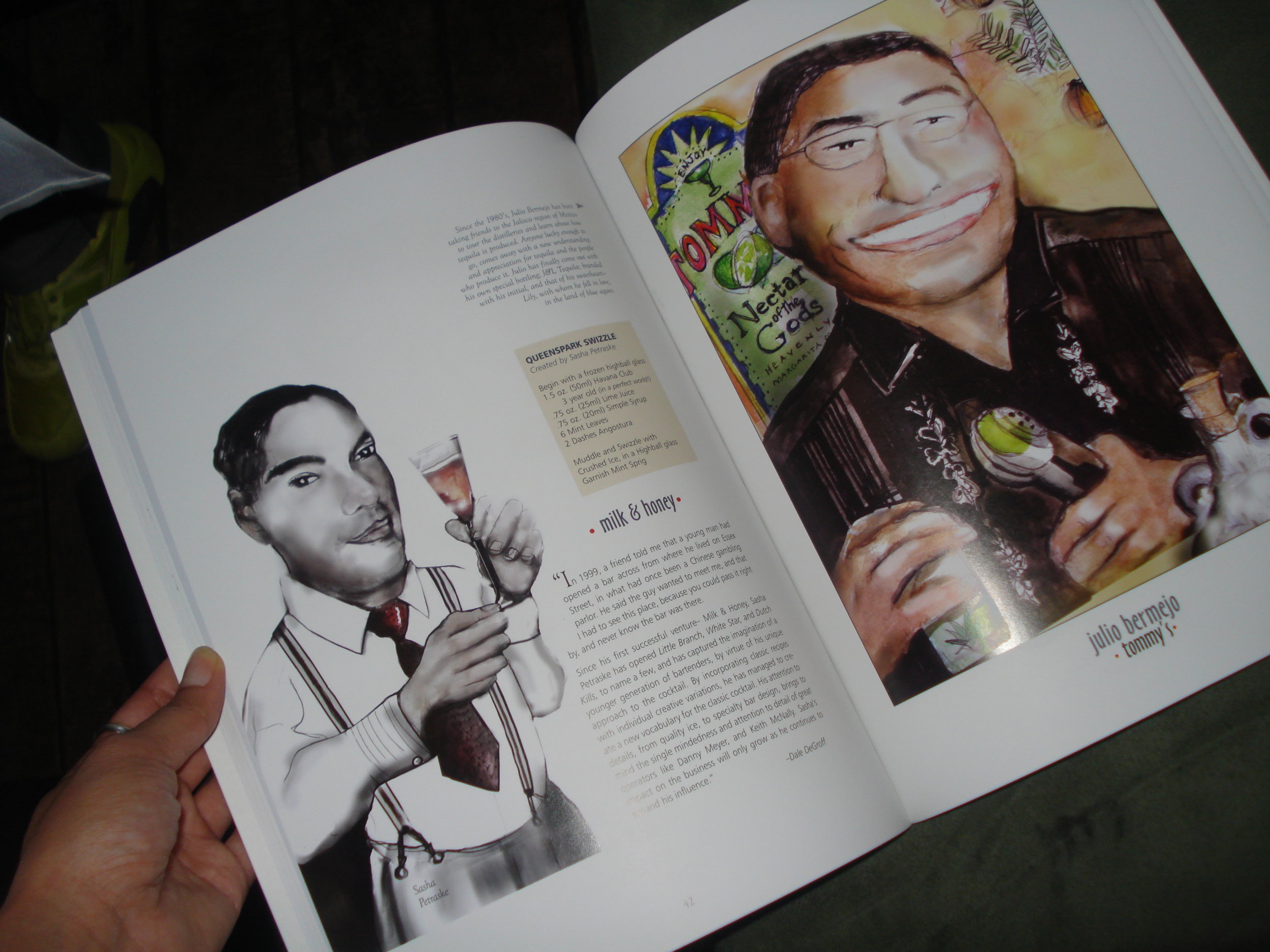
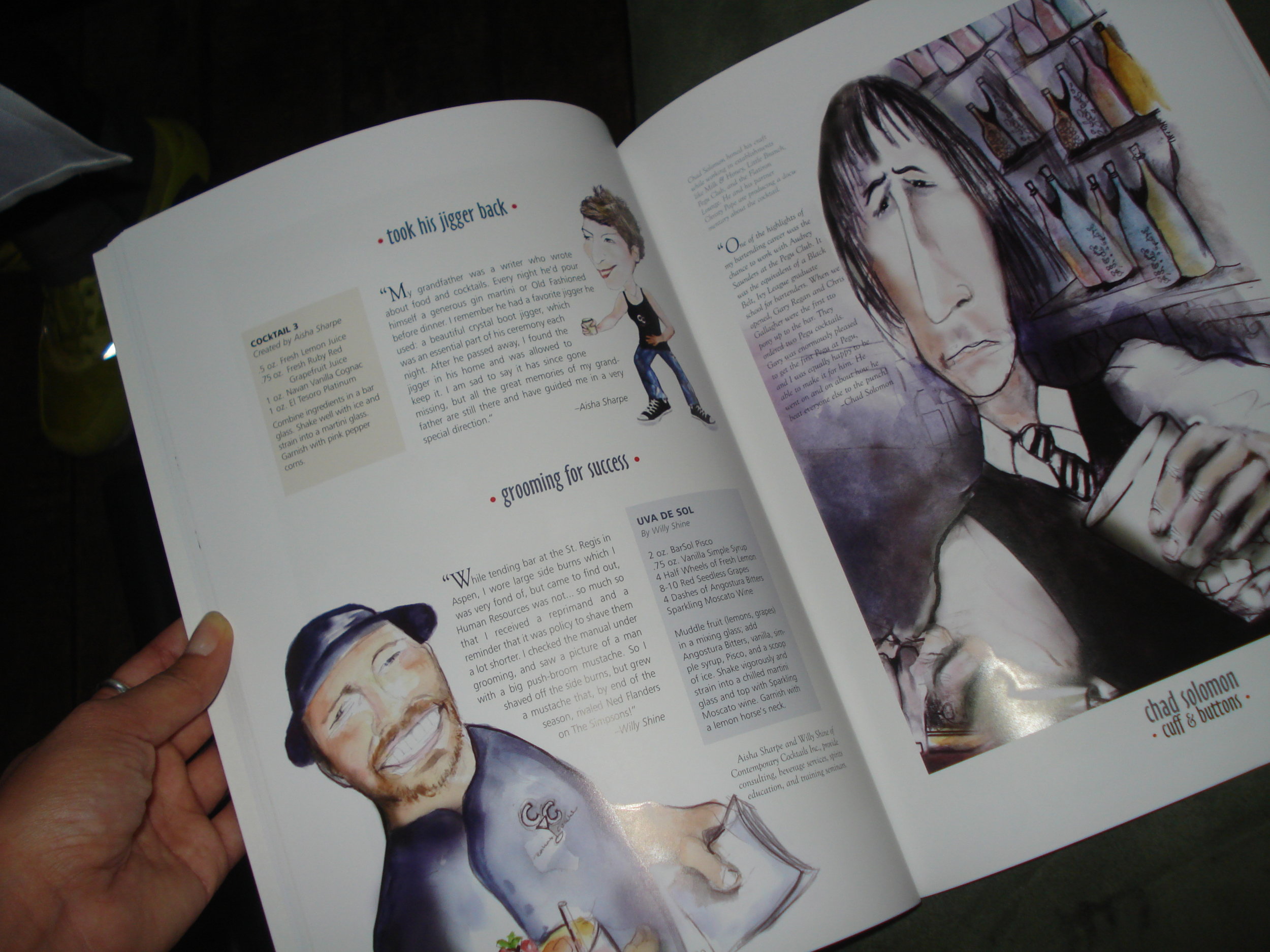
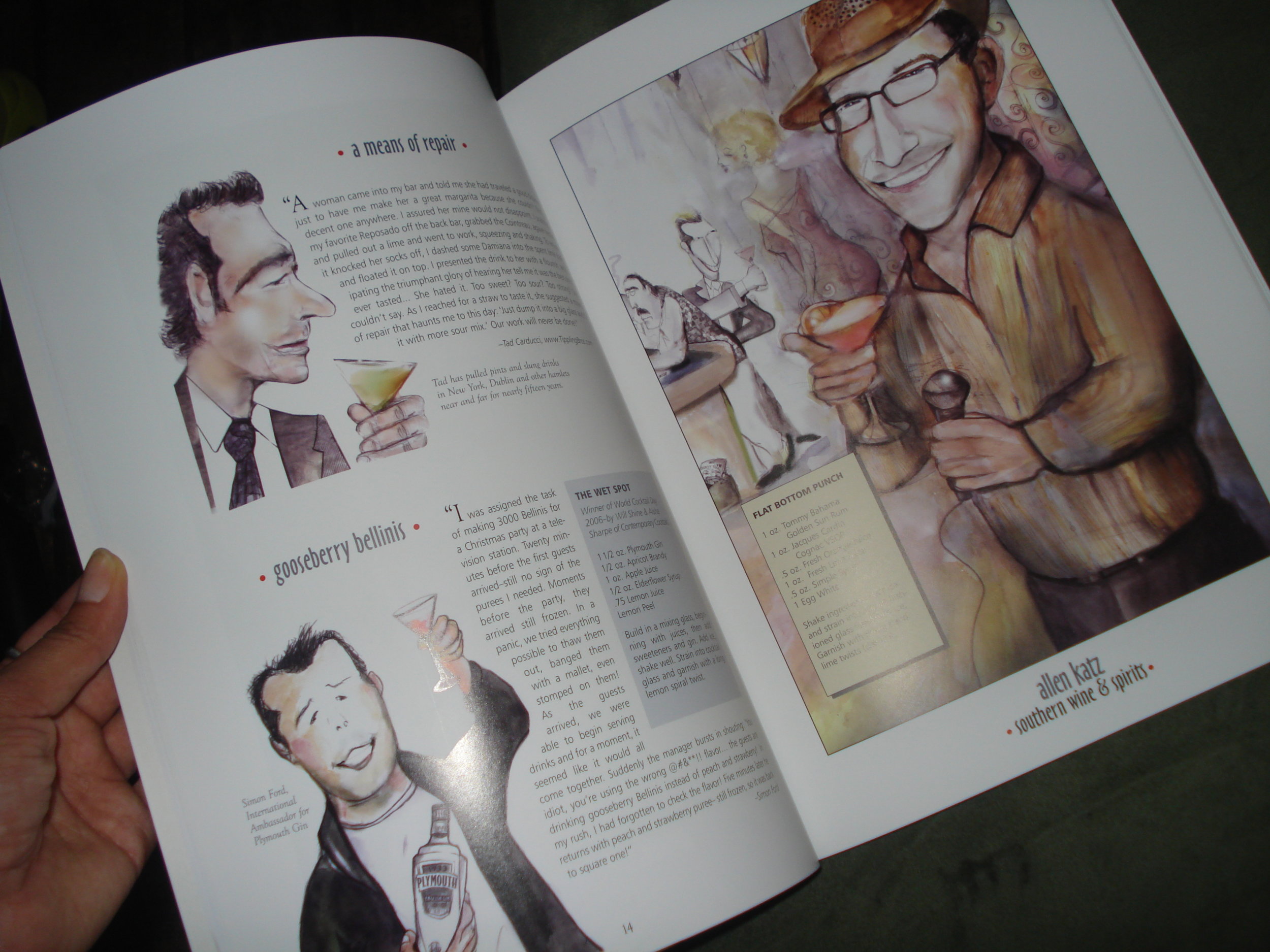
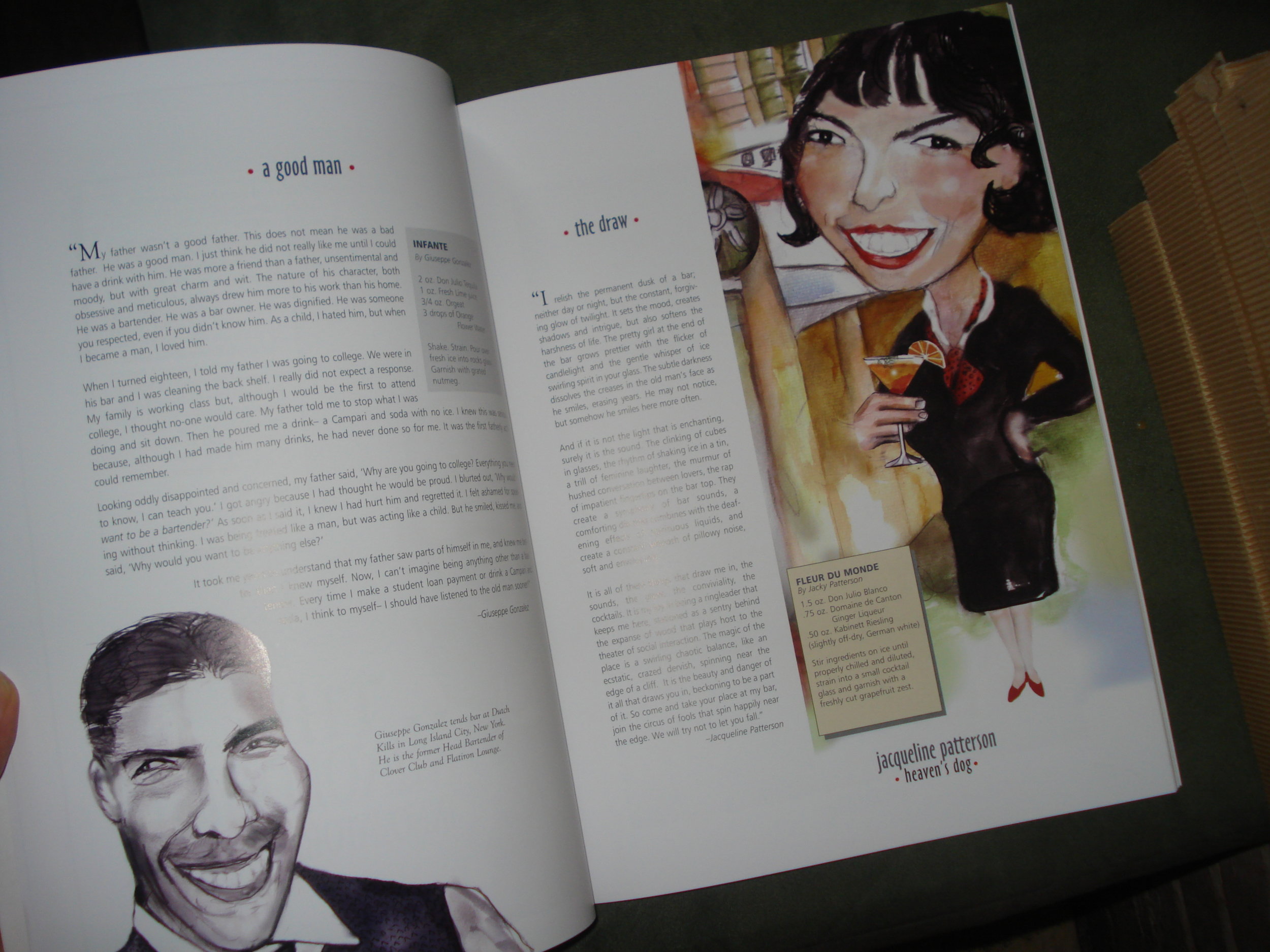
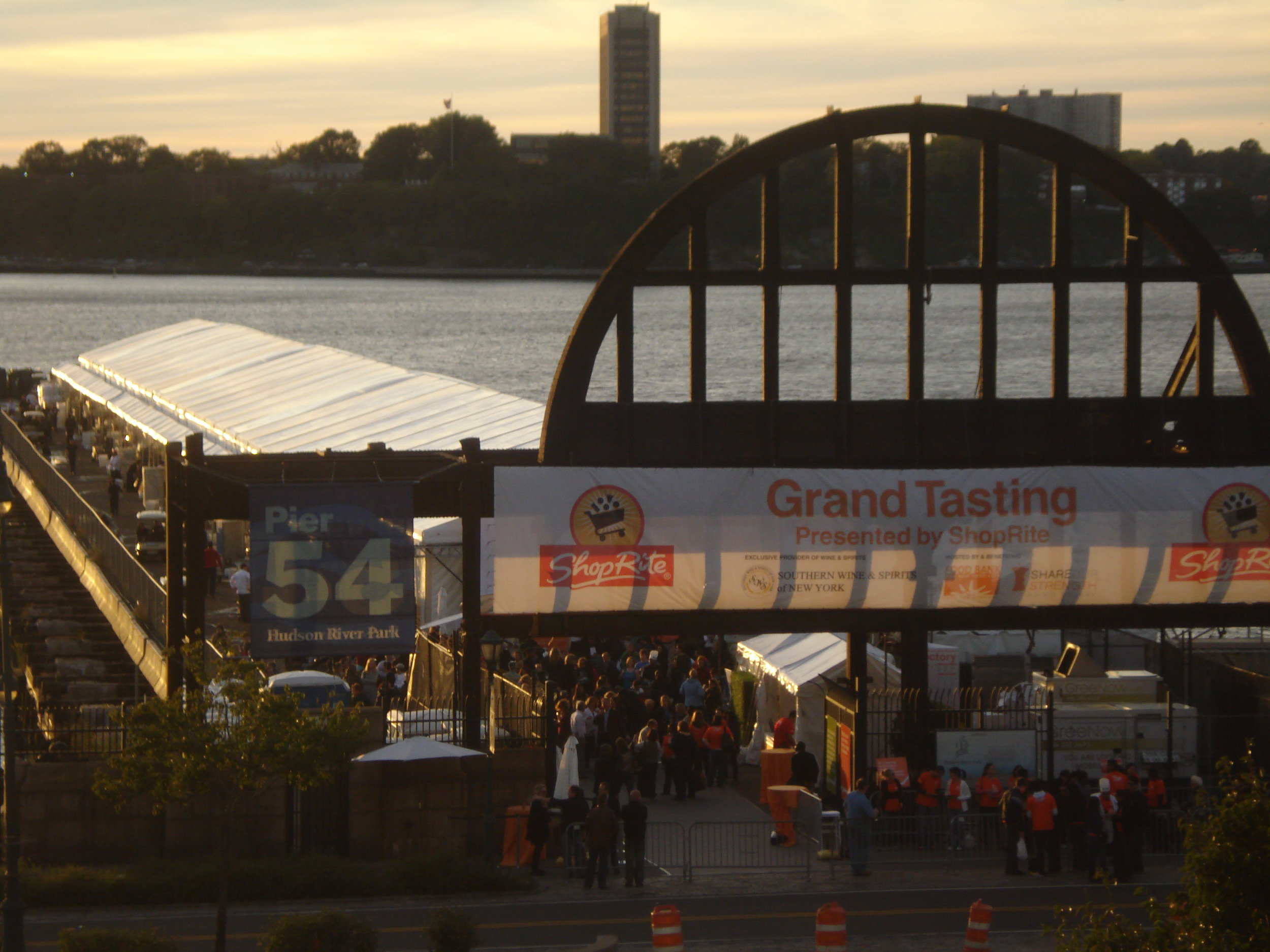 What's that, you say? The Food Network's
What's that, you say? The Food Network's 